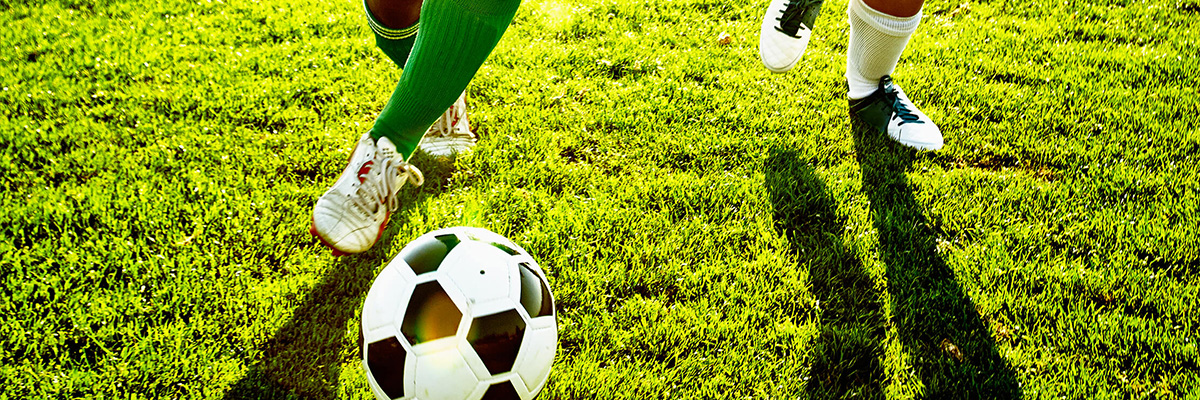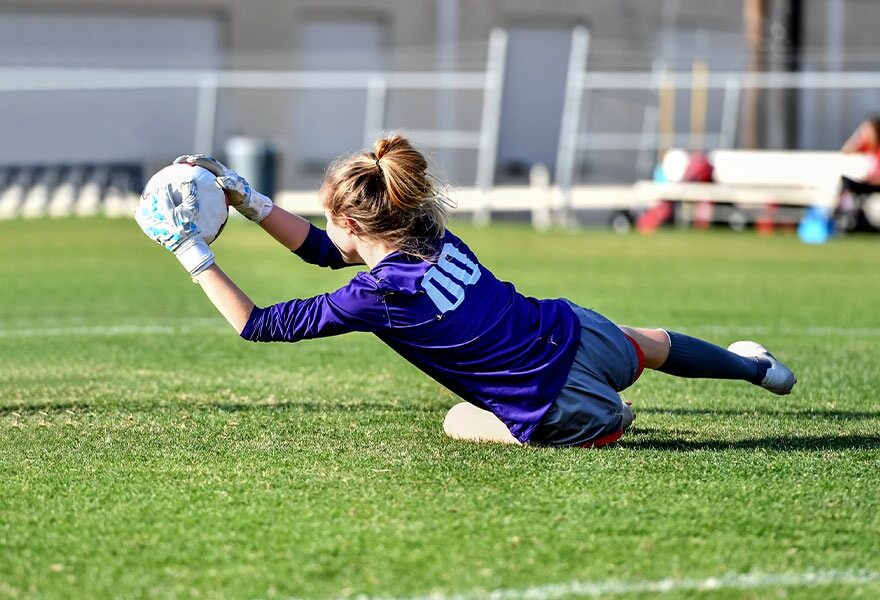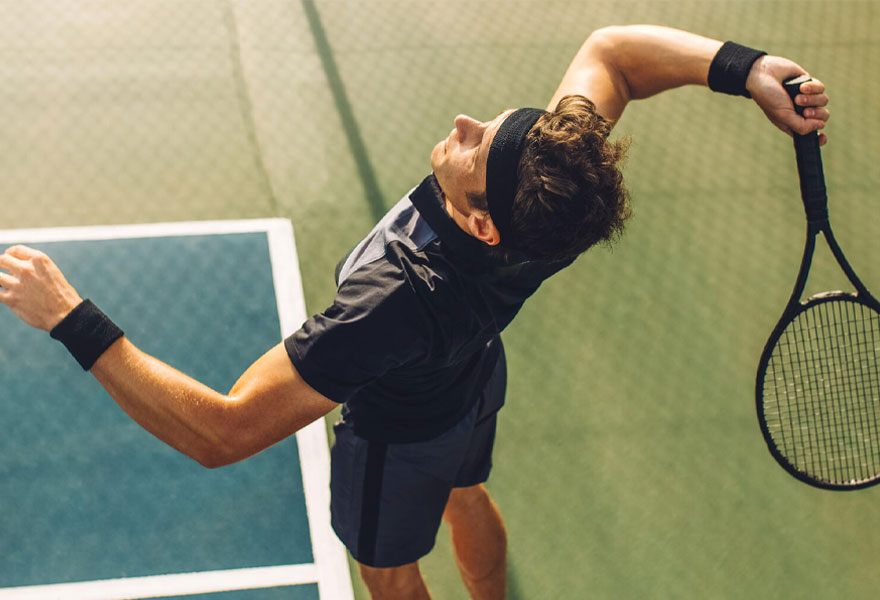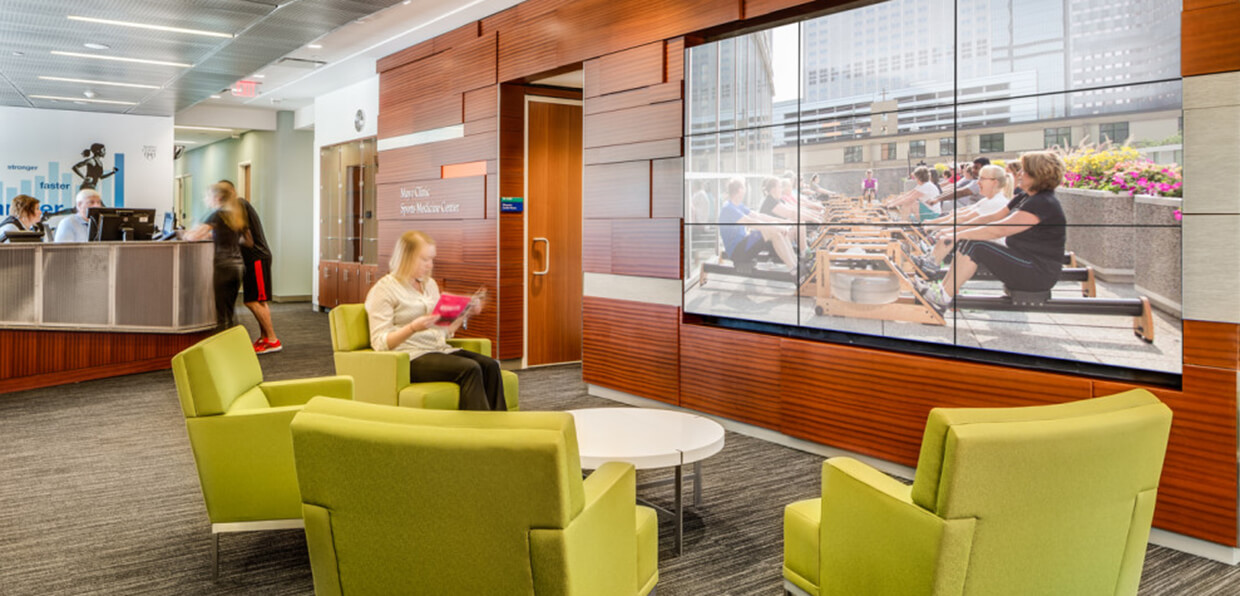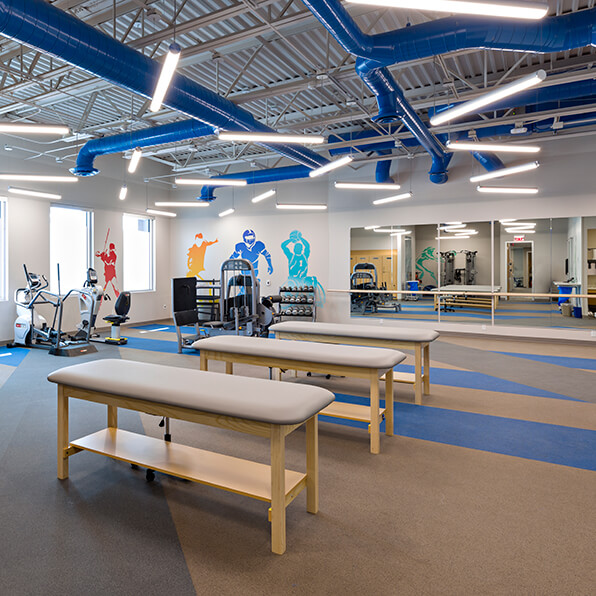On the soccer field, it’s an abrupt pivot. Under the hoop, it’s an off-balance landing. On the ice, it’s a quick cut to outmaneuver an opponent.
Any of these typical sport moves can over-stress the knee and can injure or tear the anterior cruciate ligament (ACL).
The ACL is a strong band of tissue that crosses the middle of the knee and connects the thighbone (femur) to the shinbone (tibia). Its job is to stabilize the knee joint. However, the ACL is prone to injury during quick, direction-changing moves common in basketball, football, ice hockey, lacrosse, soccer, volleyball and other sports.
When an ACL tear occurs, the athlete might experience a popping sensation. Symptoms include swelling, pain and feeling unstable on the knee.
Common — and sometimes complicated
“ACL injuries are quite common,” says Michael Stuart, M.D., orthopedic surgeon, Mayo Clinic Orthopedics and Sports Medicine, who specializes in knee care. ACL tears happen to active people of all ages and ability levels. Most ACL injuries — about 70 percent — don’t involve contact with another athlete. ACL injuries aren’t limited to the sport court or field. A simple misstep off a curb also could injure the ACL.
A straightforward ACL tear can occur without other damage around the knee. “But often, an ACL tear is associated with other injuries to the knee joint,” says Dr. Stuart. “The bone, the joint surface cartilage, other ligaments, or the menisci, which are the shock absorbers that help stabilize the knee, also could be affected.”
Mayo Clinic team approach to diagnosis and treatment
At Mayo Clinic Orthopedics and Sports Medicine, you’ll be diagnosed by a team that is expert in treating simple and complex knee problems. An accurate and complete diagnosis includes a detailed history, focused physical examination, knee radiographs, magnetic resonance imaging (MRI) and other imaging as needed. Accurate identification of all the injured anatomic structures, including other ligaments, menisci, subchondral bone and articular cartilage, is critical to successful treatment.
“We have world-renowned musculoskeletal radiologists who help interpret our MRIs and radiographs,” says Dr. Stuart. “We have experts in diagnostic ultrasound that dynamically look at the knee joint and determine which structures may be the source of the problem.”
Surgery or not?
The Mayo Clinic care team will work with you to determine the best treatment option to facilitate return-to-sport or other activities.
Physical therapy may be recommended for recreational athletes, those who participate in moderate activities that put less stress on the knees, and older patients.
For others, surgical reconstruction of the ACL is the preferred treatment. “Most of our patients have goals to resume their active lifestyle and choose surgery,” says Dr. Stuart.
During surgery, the torn ACL is removed and replaced with a graft tendon band of tissue. A graft from the patient’s own tissue (autograft) is preferred to reconstruct the ACL in young patients and those who are active. A cadaver tendon (allograft) may be used in some circumstances, including non-athletic older patients.
Mayo Clinic Orthopedics and Sports Medicine physicians pioneered many of the proven surgical techniques used in ACL reconstruction. They have studied and reported on a variety of anterior cruciate ligament reconstruction techniques including optimal approaches to multi-ligament knee reconstruction.
A team approach for complicated repairs
More complicated knee repairs are addressed by Mayo Clinic’s coordinated care team, with access to virtually any needed medical specialty. “When we see athletes for knee pain or ACL tears, we often identify concerns that have been undiagnosed elsewhere,” says Aaron Krych, M.D., orthopedic surgeon and co-director for Mayo Clinic Orthopedics and Sports Medicine.
Post-surgery, physical therapists develop a rehabilitation plan to facilitate return to preinjury activities. And, research has shown that physical therapy prior to surgery can shorten recovery time.
Recovery and Outcomes
Complete recovery and return to sports typically take 8 to 12 months. The exact time depends upon individual assessment, including knee examination as well as measurement of strength, balance, agility, power and psychological readiness.
“After doing complex and complicated knee surgeries for more than 20 years, we can provide patients with a very good idea of their expected outcomes,” says Dr. Krych. The Mayo Clinic Orthopedics and Sports Medicine team has published numerous studies* documenting outcomes for patients with ACL injuries.
In addition, several Mayo Clinic orthopedic surgeons are members of the Multicenter ACL Revision Study (MARS) Group, which has authored a series of reports on topics including predictors of clinical outcomes.
“We work together to help patients get back to the same level or sometimes even a higher level from before their injury,” says Dr. Krych.
ACL Specialty Clinic at Mayo Clinic Orthopedics and Sports Medicine
As a patient, you’ll benefit from the care of a multidisciplinary team in the ACL Specialty Clinic. The team provides comprehensive care for simple and complex ACL injuries. The clinic is staffed by orthopedic surgeons, sports medicine physicians, physical therapists, athletic trainers and performance coaches. These experts coordinate, communicate and work together to create a care plan tailored to your needs.
